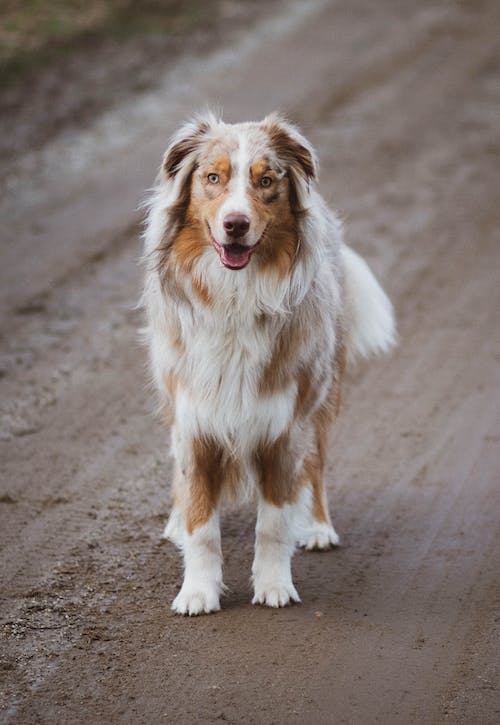As winter sets in and temperatures drop, it is essential for pet owners to take extra precautions to protect their furry friends from the harsh elements. Just like humans, dogs are susceptible to frostbite, a condition that occurs when the skin and underlying tissues freeze due to prolonged exposure to extreme cold. To ensure the well-being of our beloved companions, it is crucial to understand the signs of frostbite and take preventative measures.
Symptoms To Look For
Frostbite primarily affects areas with minimal insulation, such as ears, paws, and tails. The initial symptoms include pale or bluish skin coloration, coldness upon touch, pain or discomfort when touched or manipulated, and swelling. As the condition progresses, affected areas may become discolored (turning gray or black), develop blisters filled with fluid or blood, and eventually slough off. In severe cases, frostbite can lead to tissue death and infection.
Preventative Measures
To protect your dog against frostbite during winter walks or outdoor activities, consider these preventative measures:
1. Limit exposure: When temperatures plummet below freezing point or wind chills are dangerously low, it is best to minimize your dog’s time outdoors. Shorten walks and opt for indoor playtime instead.
2. Dress appropriately: Just like humans wear warm clothing during cold weather conditions; dogs can benefit from protective gear too! Consider investing in a well-fitted dog coat or sweater that covers their chest area adequately.
3. Protect their paws: Paw pads are particularly vulnerable to frostbite since they come into direct contact with icy surfaces. Before heading outside on snowy days, apply a thin layer of petroleum jelly on your dog’s paw pads for added protection against freezing temperatures.
4. Booties: If your furry friend tolerates them well enough (some dogs may need time getting used to them), consider using booties specifically designed for dogs during walks in snow-covered areas. These booties provide insulation and prevent contact with cold surfaces.
5. Keep them dry: Moisture can exacerbate the effects of cold weather on your dog’s skin. After returning from outdoor activities, thoroughly dry their fur, paying extra attention to paws and ears.
6. Provide shelter: If your dog spends time outdoors, ensure they have access to a warm and insulated shelter. The shelter should be elevated off the ground, have proper bedding (straw or blankets), and be small enough to retain body heat.
7. Monitor for signs of frostbite: Regularly inspect your dog’s ears, paws, and tail for any signs of frostbite. If you notice any abnormalities or suspect frostbite, consult your veterinarian immediately.
8. Adjust their diet: During winter months, dogs may require additional calories to maintain their body temperature effectively. Consult with your veterinarian about adjusting their diet accordingly.
By following these preventative measures, you can significantly reduce the risk of frostbite in your furry friend during winter months. Remember that prevention is always better than treatment when it comes to protecting our beloved pets from the harsh elements of nature.

Frostbite is a serious condition that can affect dogs during winter months if proper precautions are not taken. By limiting exposure to extreme cold temperatures, dressing appropriately, protecting their paws with booties or petroleum jelly, keeping them dry after outdoor activities, providing adequate shelter and monitoring for signs of frostbite regularly; pet owners can ensure the well-being of their furry companions throughout the winter season.
Let us prioritize our pets’ safety by taking proactive steps in protecting them against this potentially harmful condition — because they deserve nothing less than our utmost care and love all year round!



